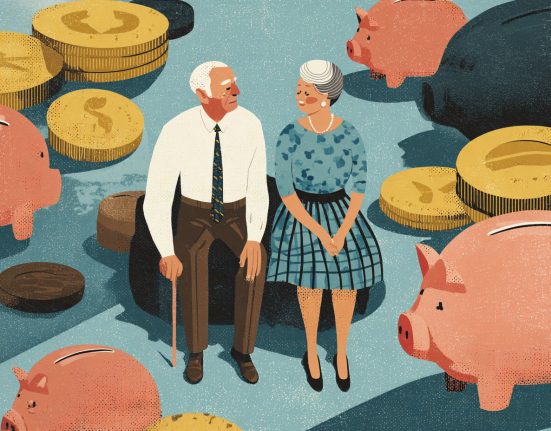Think twice about how much you want to hold in cash and cash equivalents this year.
In 2022, cash was tough to beat. A bear market in stocks, a historic sell-off in bonds and uncertainty over the war in Ukraine seemed to justify a flight to the safety of cash. So too did one of the fastest rate hiking cycles in Federal Reserve (Fed) history. While every hike caused stocks and longer-term bonds to lose value, they also increased the appeal of cash and short-term Treasuries.
By the end of last year, Treasury bills (T-bills) sported a yield of over 4.5%, money market fund assets reached an all-time high of almost USD 5 trillion, and American households held over USD 1 trillion in excess saving
Cash yields have hit a 15-year high
Cash and T-bills do offer an attractive yield, and they certainly play an important role in a financial plan. But we caution against holding too much cash in 2023. We’d point to three key reasons:
- Inflation—Whatever the prevailing market yields, over the long term, inflation tends to erode the purchasing power of cash. Any capital that isn’t necessary for liquidity needs should probably find a home in an investment strategy.
- Falling rates—We expect short-term and long-term rates to fall over the near term. This means that most investors are probably better off locking in today’s yields rather than rolling over T-bills year after year. Yes, a cash yield of over 4.5% seems tempting today. But look ahead. Those yields are unlikely to last, in our view.
- Stock and bond return potential—We see better return opportunities in assets other than cash and T-bills. We expect both core bonds and equities to outperform cash this year, whether or not the economy goes into recession.
Purchasing power and the pain of inflation
While cash is a critical part of any investor’s plan, there’s obviously a cost to holding too much of it. To help our clients identify the appropriate amount for their needs, we suggest they think through its four uses. Decide how much you need:
- To provide operating cash
- To serve as a psychological safety net
- To earmark for upcoming big-ticket purchases
- To make an opportunistic investment
It’s a personal choice, and the “right” amount of cash will differ for everyone.
Of course, it’s important to keep in mind how much purchasing power your cash will lose over time. Over the long term, we think cash will yield about 2.4%, while inflation will run a little higher, at ~2.6%. In other words, even before taxes, cash is unlikely to keep up with higher prices. We expect other asset classes—all 57 that we track—will outpace inflation over the next 10–15 years.
Cash is unlikely to keep up with inflation in the long term
Locking in today’s yields to prepare for lower rates
A yield above 4.5% for cash and cash-like instruments may look good now, but we don’t think those yields will last. The Fed seems to agree: The central bank’s most recent projections imply the Fed expects that sometime in 2024 it will start lowering rates gradually back to 2.5%.
If the Fed were to follow that playbook, investors over the next five years would be better off locking in the yield on a municipal bond rather than rolling over T-bills on an after-tax basis.
We think investors should lock in yields now before they fall
Federal funds rate, % Projected annualized return, %
What’s more, we think the Fed will likely start lowering rates even sooner and will move more aggressively than its projections signal. If we’re correct, investors may want to move quickly to lock in yields before they fall.
Recession or no recession: Better return prospects in stocks or bonds
We see a relatively high probability of a U.S. recession later this year. In that case, core investment grade fixed income would most likely outperform cash or T-bills. Even during the Global Financial Crisis, core fixed income returned 7%, while T-bills only returned 2%.
Let’s say the U.S. economy manages a “soft landing” this year and avoids recession. Risk assets such as equities, preferred stocks and high yield bonds could probably outperform. So far this year, we’ve seen a preview of what a soft landing could mean for markets. Global equities have gained 8%. Core and high yield bonds have returned around 2.5% and 4%, respectively. All are on track to outpace cash and T-bills.
There is one scenario in which T-bills could outperform: inflation proves to be sticky and the Fed keeps hiking. This seems unlikely, especially given recent economic data, which show cooling inflation and slowing growth.
But if this scenario does come to pass, we think higher rates would prove temporary, and the eventual downturn would deepen. It would still probably make sense to build a position in core fixed income even if we did see sticky inflation this year.
So step back. Think again about how much liquidity you really need. If you have excess capital in cash and cash equivalents, we see a range of options across the risk spectrum that could potentially give you higher returns over the long run.






